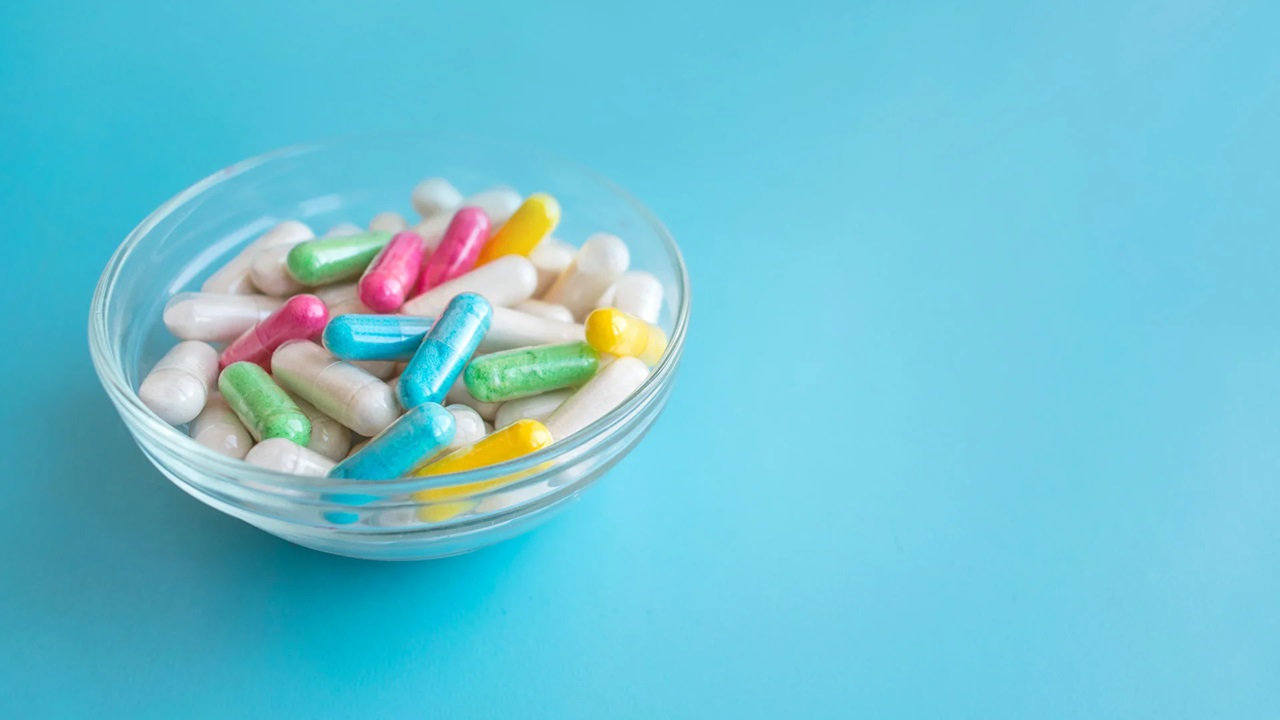Citicoline or CDP-choline is one of the compounds which have been studied in regards to post-stroke therapy. Strokes have neurological complications and result in disability. From this, it has been assumed that citicoline supplement may be useful in the rehabilitation of stroke patients.
Promoting Neuroprotection After Stroke
Citicoline is used in the rehabilitation process for the affected patients. Stroke leads to a hypoperfusion and inflammatory event, which subsequently causes oxidative stress and neuronal damage. Citicoline reduces the level of oxidative stress. It also replaces neurons since it has a role in cell membrane protection. Citicoline encourages the growth of new neurons in the brain. This neuroprotection may also support the prevention of progressive neuronal loss and the replacement of damaged neurons.
Cognitive Improvement and Recovery
It can also be used to enhance other lobes of the brain for instance the memory, attention, and other executive functions that may be affected by stroke. Citicoline has been pointed out to increase the acetylcholine and plasticity at the synapse thus enhancing cognition. This may make it easier for the patient to be able to engage in rehabilitation.
Supporting Motor Function Recovery
It also has motor function recovery after the stroke which citicoline could also be useful in besides the acute phase of stroke. Citicoline also has its part in motor functions and the coordination because citicoline is associated with the neurons. The researchers, of them have noted that the motor and functional status of stroke patients can be improved through the remyelination motor. It may lead to improved rehabilitation and the degree of disability or the range of the activity of the disabled person.
Effectiveness of the rehabilitation activities
This medicine is usually administered together with other medicines that manage stroke and the effects of the stroke. Citicoline can therefore be used in normal rehabilitation procedures which include physiotherapy, and occupational and cognitive therapies. This has been found to enhance general rehabilitation.
Dose and Frequency in Stroke Rehabilitation
The dose of citicoline which can be effective in stroke rehabilitation can be different, depending on the presence of some diseases. The daily doses are between 500 mg and 2000 mg and it is possible to divide the doses in the day.
Monitoring and Assessing Effectiveness
The cognitive-motor development and the general development of the patient should be evaluated by the health care provider. If side effects were observed or no improvement was observed then the dosage or the schedule of the treatment could be changed. It is also necessary to engage the health care professionals in other to advance to the next level of recovery.
Consulting with Healthcare Professionals
Citicoline should be taken in the portion as advised by the doctor, especially for those people with diseases such as stroke. Citicoline is an available counter medication; however, it should not be taken without the doctor’s prescription; therefore, the doctors can prescribe it, and explain whether it can be taken alongside other drugs/therapy and how to take it.
Conclusion
It is useful in stroke in the way that it is an antioxidant to the brain and it is a very crucial part of the metabolism of the brain. Therefore, citicoline can be attributed to the list of rehabilitation, and with the help of a doctor, people can improve their quality of life after a stroke.

